Supreme Court Afghanistan
The Supreme Court of Afghanistan serves as the highest judicial authority in the country. Under the current Taliban administration, the court's independence has been significantly curtailed. The supreme leader holds ultimate authority over legal interpretations and decisions, rendering the court's rulings subordinate. The current Chief Justice is Abdul Hakim Haqqani.
Structure of the Judiciary:
Supreme Court: Functions as the final court of appeal, overseeing both civilian and military judicial matters. The Chief Justice and two deputy justices are appointed by the supreme leader.
Appellate Courts: Operate at the provincial level, handling appeals from primary courts. Each is presided over by a Chief Justice appointed by the Supreme Court.
Primary Courts: Serve as courts of first instance at the district level, addressing initial legal disputes. Presided over by appointed Chief Justices.
Military Courts: Handle legal matters pertaining to the security forces, including the Ministry of Defence, Ministry of Interior Affairs, and General Directorate of Intelligence. The Military Court is the highest authority, with zonal and provincial military courts beneath it. The Head of the Military Court is Mawlawi Obaidullah Nizami.
Recent Developments:
International Legal Actions: The International Criminal Court's Chief Prosecutor has requested arrest warrants for Taliban leaders, including Abdul Hakim Haqqani, on charges of crimes against humanity related to gender-based persecution since 2021.
Judicial Appointments: The Taliban's supreme leader has been responsible for appointing justices, including those in the Supreme Court, reinforcing centralized control over the judiciary.
Conclusion:
The Supreme Court of Afghanistan, under the Taliban regime, operates without judicial independence, with the supreme leader possessing ultimate legal authority. This centralization has led to significant shifts in the judicial landscape, affecting both domestic legal proceedings and international perceptions.





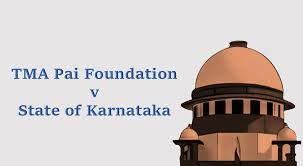

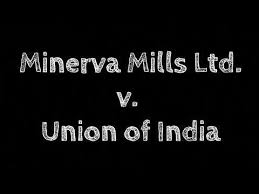
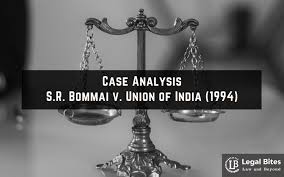





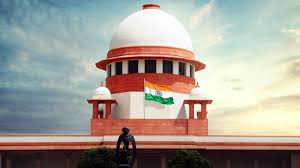


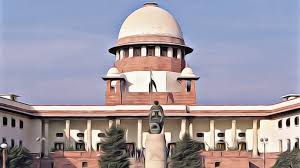

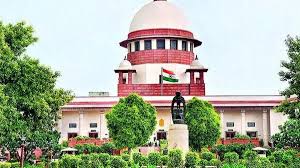









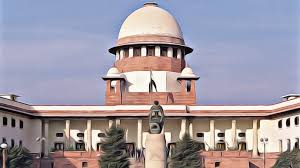




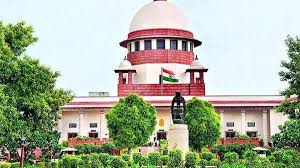



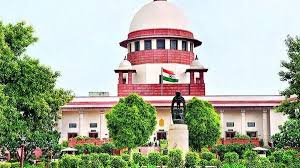
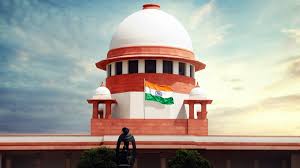



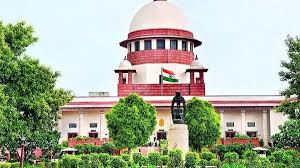

















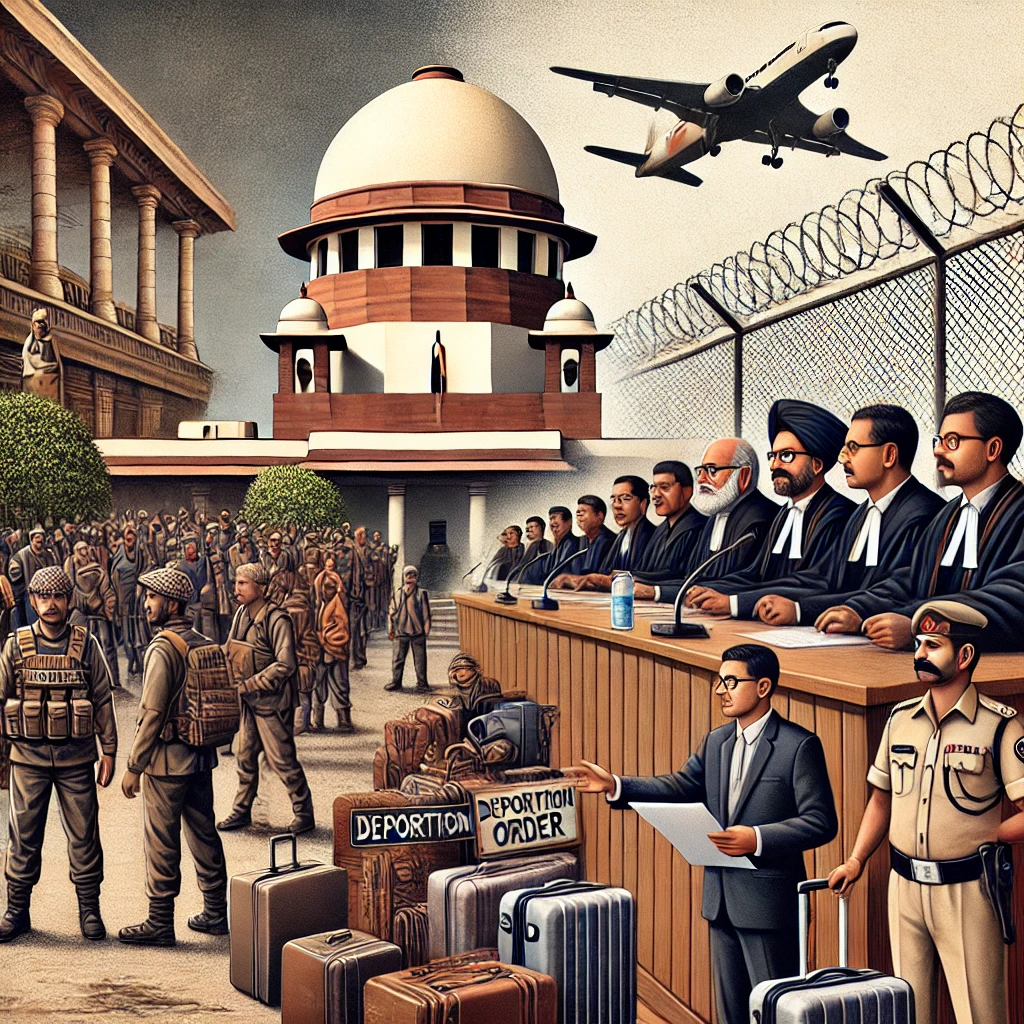
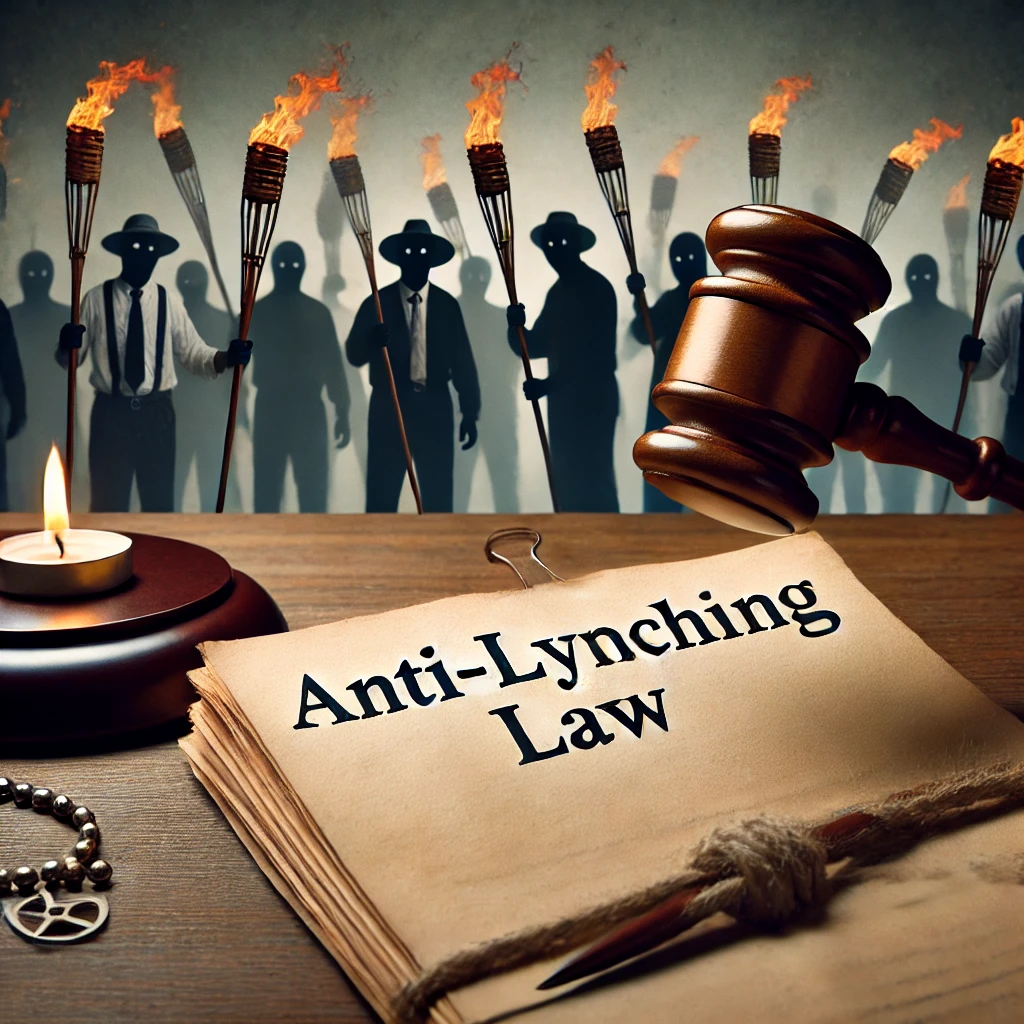
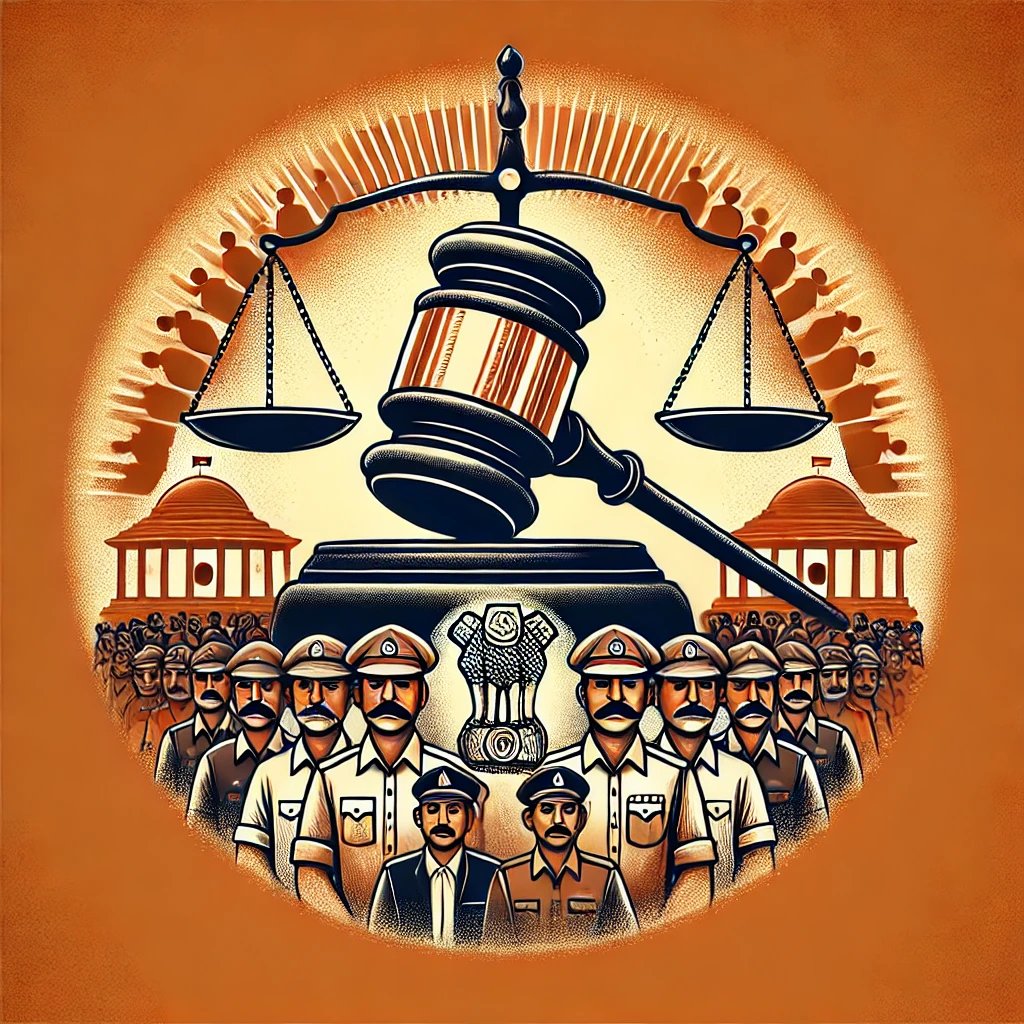

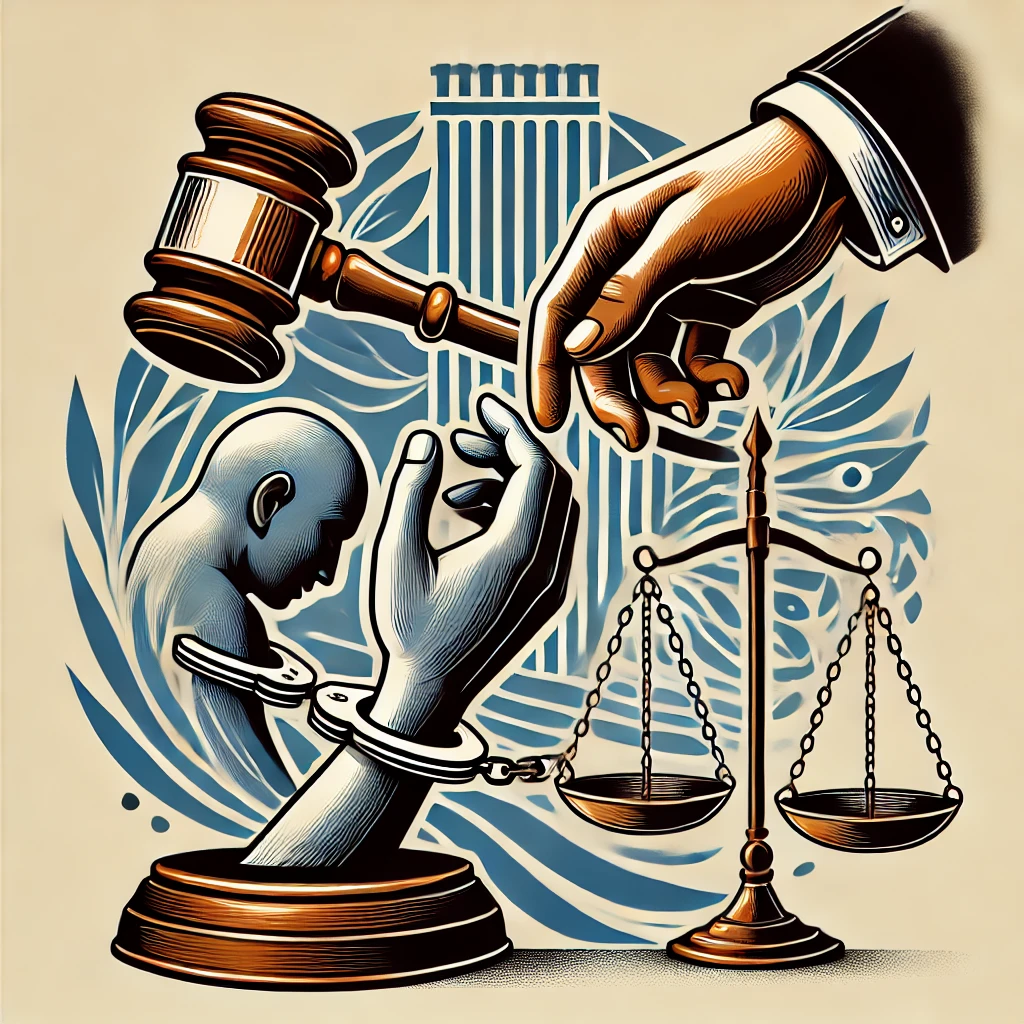
















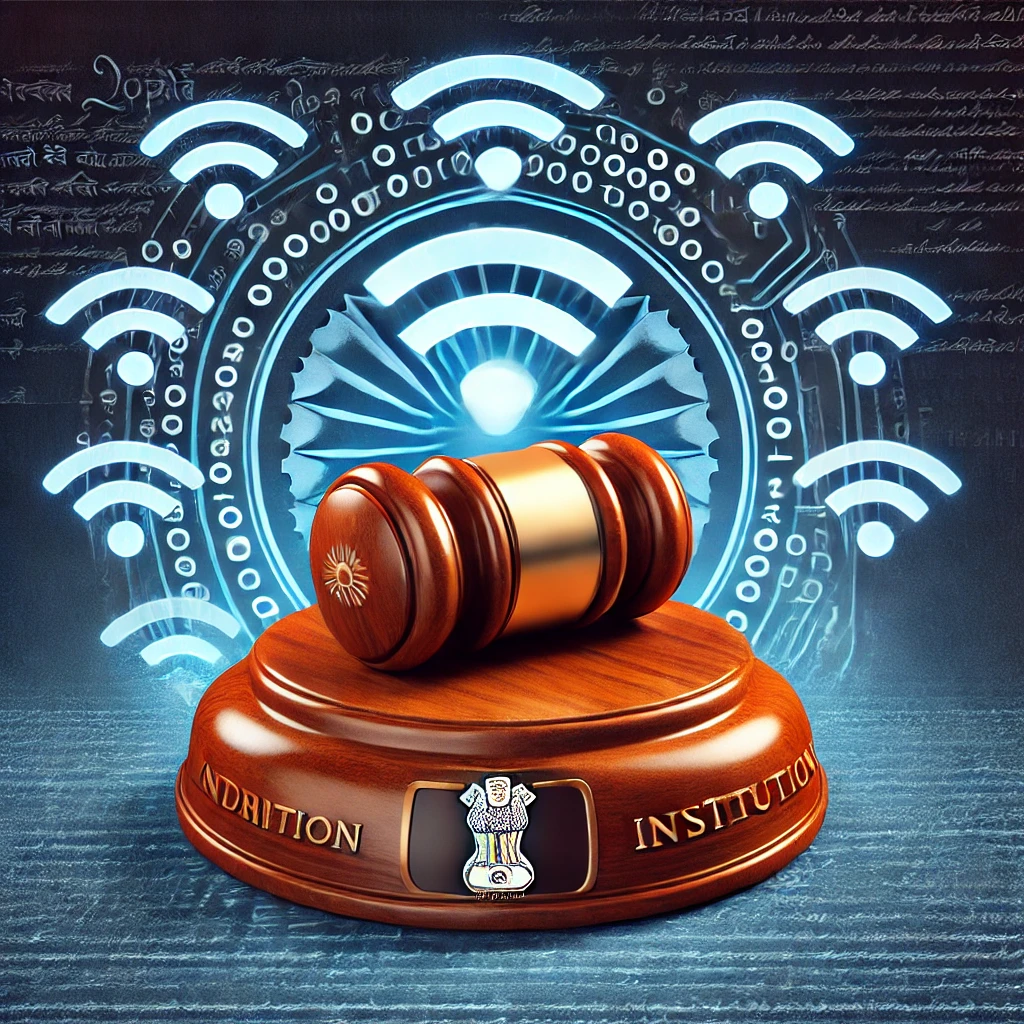

























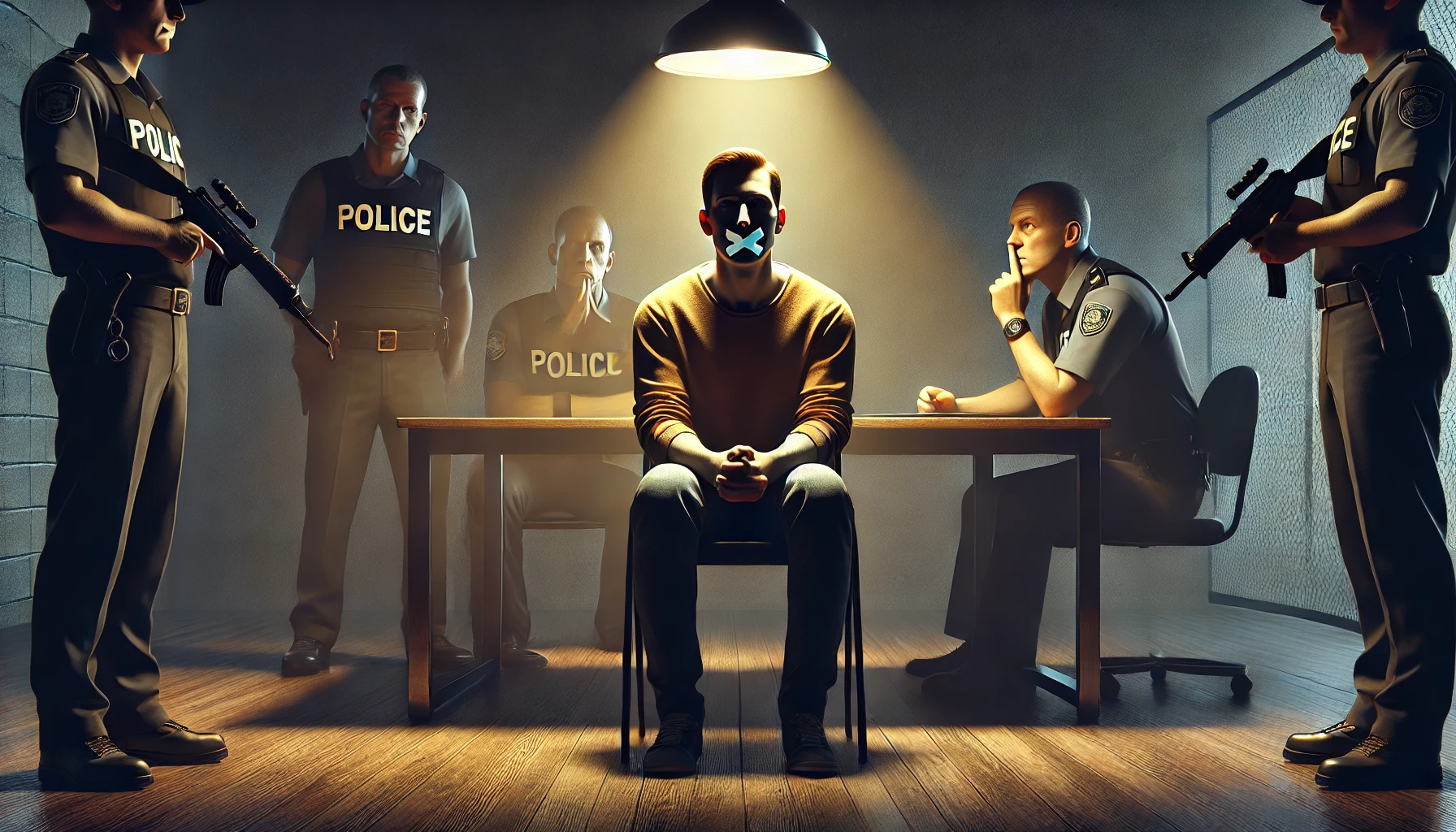








































































































































































































































































































0 comments